Nissan Motor Co. – is a manufacturer of Nissan cars, which are sold in many corners of the world.
For more than 80 years of existence, the company has managed to earn a good reputation and build a lot of factories involved in the production of cars.
In what countries are the cars of the Nissan brand manufactured? Are such cars made in Russia? And if so, can you count on high quality? These points will be considered in the article.
GENERAL INFORMATION ABOUT NISSAN
Nissan Motor Co., Ltd. has been in business since December 1933.
The new brand has resulted from the association of two smaller organizations under the names “Nihon Sangyo” and “Tobata Imono. Since June 1934, the new concern had been called Nissan Motor.

Along with the production of cars, Nissan Motor Co., Ltd. was engaged in the development of rocket motors and even building ships. But the main direction of activity still remains cars.
In 1958 began deliveries to the U.S., and six years later – to Europe. By 1976, Nissan had become a leader in the number of sold cars, the number of which exceeded the mark of 20 million units.
In 1981, an agreement was signed with Volkswagen, which gave an additional boost to production growth. In 1992 Nissan accounted for 17% of all cars in Japan.
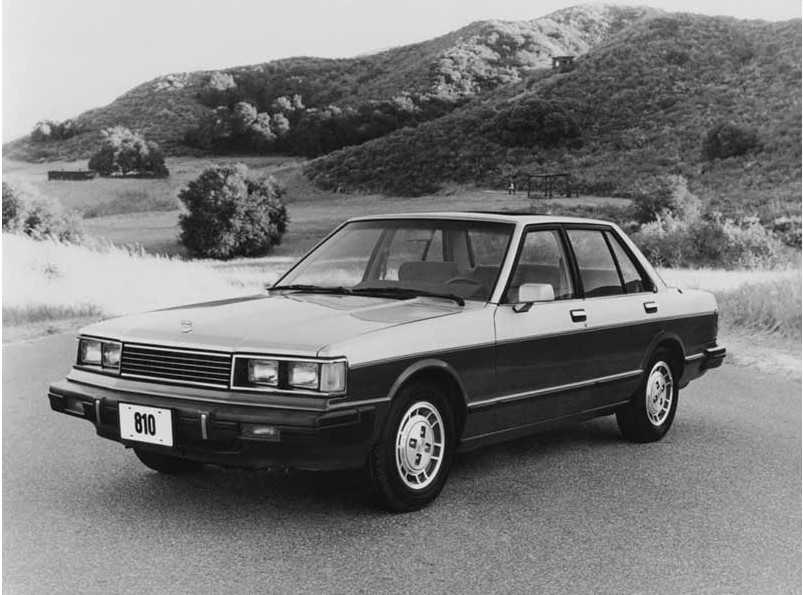
By the mid-1990s, the company faced serious problems financially, forcing it to sell part of its shares to Renault (44.4% stake). In May 2016, Nissan bought a 34% stake in Mitsubishi.
Today, Nissan Motor Co., Ltd. owns many automobile companies in South Africa, Mexico, Japan, the United States, and other countries. The total number of employees exceeds 160 thousand people.
During the past twenty years, work on the creation of hybrid cars and electric cars is underway.
Nissan Motor Co., Ltd. works in many directions, and here are just some of them:
- Marine – manufacture of ships and engines for ships;
- Iwaki – engine manufacturing company;
- Nismo – modification, and tuning of cars.
- The company’s cars have been sold in Russia since 2004. This was the year when Nissan Manufacturing RUS LLC was opened.
In 2005 more than 46,000 cars were sold in Russia, and a year later sales grew by 70%.
Construction of the plant near St. Petersburg began in 2007, and the first test assembly was organized at the beginning of 2009.
Initially, the plant produced Tiana and X-Trail. With time other models including Murano were started producing.
In 2013, the production of the Almera was launched in Togliatti. Another year later, the Datsun was produced on the basis of the Granta.
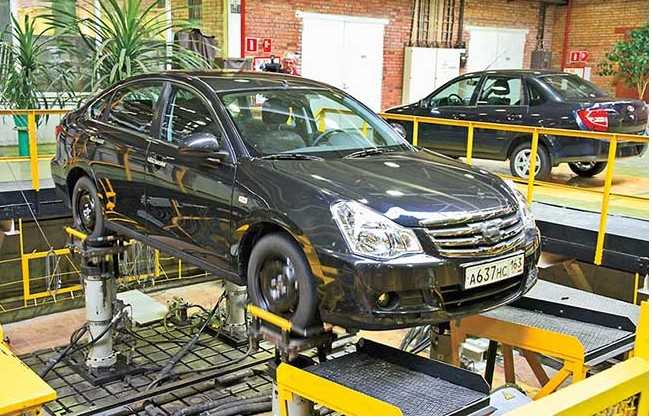
WHERE IS NISSAN QASHQAI (KASHKAI) 2016 ASSEMBLED
Nissan Qashqai in Australia and Japan is sold under the name Dualis, and in the United States – Rogue. The car belongs to the class of compact crossovers, production began in 2006.
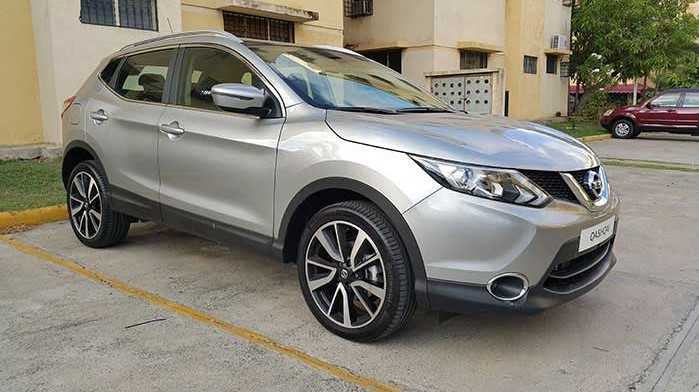
The Nissan Qashqai has been assembled in Russia since 2009 (the plant is located near St. Petersburg). The produced volume of cars is enough to cover 35 percent of the market, and the remainder comes from abroad.
Thus, the Nissan Qashqai is assembled in the following countries:
- UK (Sunderland);
- Japan (near the manufacturer’s headquarters);
- Russia – AvtoVAZ (Togliatti) and at a plant near St. Petersburg.
A common question of car owners concerns the quality of Russian assembly. Despite the stereotypes, many people prefer the product of domestic production.
And the reason is not in the desire to support the domestic manufacturer, but in the adaptation of the car to the modern roads.
The Russian version of the Nissan Qashqai has a reinforced suspension, stronger rims, and improved comfort (in relation to bad roads).
This SUV is called by many the king of the road, thanks to its ability to absorb all the bumps, all-terrain qualities, and reliability.
The British version is distinguished by the installation of motors with higher efficiency and parts of increased strength.
By the way, Nissan Qashqai cars from Britain do not come in full. For example, hybrids and diesel are sold in the world, in Russia only gasoline versions are available so far.
WHERE IS NISSAN TERRANO MADE
The Nissan Terrano is one of the relatively new cars that have been on sale since 2013.
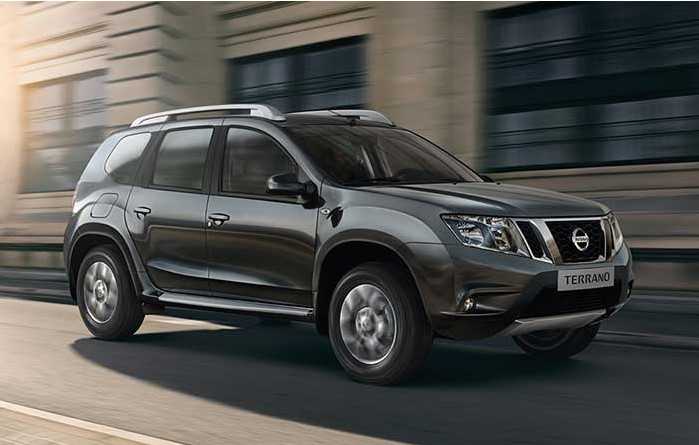
Previously, other cars were supplied under the name Terrano. In particular, from 1986 to 2004, the car was sold under the name Nissan Pathfinder.
Interestingly, in Russia and the CIS countries, the Terrano, which has the steering wheel on the right side, is in the greatest demand. Since 2013, the car is produced under the current “name” but based on the Renault Duster. In Russia, the car appeared a year later, in 2014.
Today, car production is established in three countries – India, Spain, and Russia. Each country, as a rule, works for the domestic market with a small share of exports abroad.
In 2013, Nissan and the Avtofarmos plant in the Russian Federation concluded an agreement to produce the Terrano at the machine-building plant (today it is fully owned by Renault).
The well-known Moskvich used to be produced here.
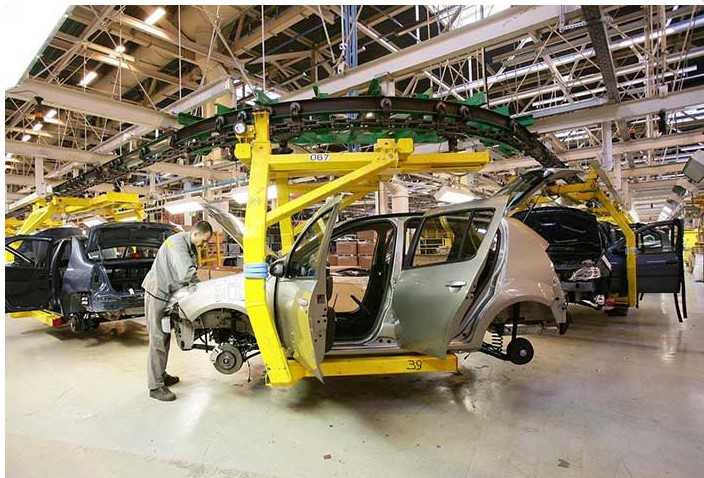
The first Nissan Terrano came off the assembly line in 2013, and in 2014 a large batch of cars was delivered to the manufacturer’s showrooms.
Prior to the start of production in Russia, the car was imported from Spain. It is still possible to find cars from Europe in the Russian Federation today but in smaller quantities. The production itself is carried out near Barcelona.
Despite the European assembly, the owners of the Spanish version of Nissan Terrano have some complaints about the quality of the car. In particular, the problems are related to noise insulation and the poor quality of welding.
As for the domestically produced vehicles produced at Avtoframos, there are no complaints yet.
Few people know, but originally Nissan Terrano was created for buyers from India, which led to the construction of the plant in Oragadam.
Here also produced cars Dacia Duster, as well as Renault Duster with subsequent exports to Ireland and England.
Another place the company took a fancy to is India, where the “lion’s” share of Nissan’s lineup is produced – the Micra, Evalia, Sunny, and others.
As for the Terrano, it was built on the basis of the Duster. The only thing that has changed
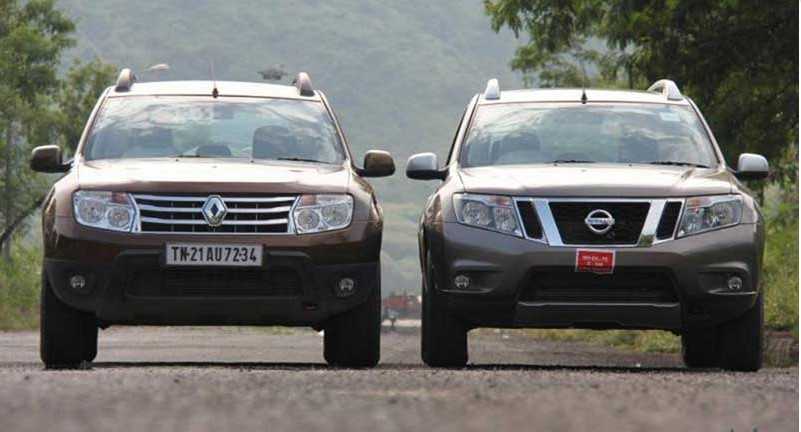
WHERE IS NISSAN X-TRAIL MADE
A compact crossover from the Japanese brand called Nissan X-Trail deserves no less attention.

Production of the car started in 2000, and it was based on the already popular FF-S platform.
Seven years later (in 2007) launched the second generation of the car, but it is based on a different platform – the Nissan C.
Even six years later (in 2013) the world saw the third generation of Nissan X-Trail but based on the CMF.
The car is most suitable for families who need a roomy and reliable crossover.
The greatest advantages of the Nissan X-Trail can be attributed to the high build quality, safety, and good technical characteristics. However, the place of production deserves the most attention.
Like a number of other models, the Nissan X-Trail is made in three countries. The first plant is located in Sunderland (UK).
The cars produced here are designed for car owners of the old world. The English version of the Nissan X-Trail almost never makes it to car dealerships in Russia.
The second country where the model is produced in Japan. On its territory, there are several plants. The cars came to the Russian market from them until 2009.
At the same time, there were no complaints about the Japanese assembly. The Japanese version of the car is notable for its reliable body and problem-free “running gear”. The only disadvantage is a problem with noise insulation.
The third country where the Nissan X-Trail is made in Russia. Cars of this brand have been made near St. Petersburg since 2009.
Today the factory covers more than a third of the needs of the domestic market. At the same time, there are no problems with locally made cars.
Masters from Russia have continued the trend of making 4x4s. Produced models have not lost a bit in beauty, quality, and sophistication.
Interestingly, the Nissan X-Trail made in Russia is even ahead of its Japanese counterparts in terms of luxury interior decoration.
WHERE IS NISSAN ALMERA MADE
Car Nissan Almera G15 – a model with a history, which has undergone many restyling and knows the “taste” of popularity. The car has been on the conveyor since 1995.
According to the statement of the manufacturers, the car has become a kind of analog of already existing at that time in European models – Pulsar, Sentra, and others.
Nissan Almera refers to a class of budget cars available even to people with average income.

The Nissan Almera is assembled in three countries:
- United Kingdom (Sunderland). As already noted, the cars made in England are the most popular and in-demand by connoisseurs of this brand.
- Japan. In addition to cars, the country produces parts. By the way, original spare parts for Nissan cars have a large part of their Japanese “roots”.
- Russia (AvtoVAZ, Togliatti). Here, the production of Nissan Almera cars was launched after the merger with Renault.
For Russia, the Nissan Almera has been produced at AvtoVAZ since 2012. Since the launch of domestic production, many car owners refused to buy this model, citing the low quality of Russian assembly.
But such comments are not justified, because the Russian production is set up perfectly, and there is nothing to complain about. There is also an established cycle for the manufacture of parts for Nissan Almera.
It is worth noting that only the assembly is done in Russia, and the main parts come from the UK. That is why the final result is not much different from the British version.
Moreover, the domestic version of the Nissan Almera is better prepared to travel on our roads and “lives” longer.
For a while, the car was assembled in South Korea, at the Samsung plant, but already in 2013, the production was stopped for a variety of reasons (high production costs, the need for transportation of parts, and other problems).
WHERE IS NISSAN TIIDA MADE
The Nissan Tiida is a popular model, characterized by reliability, compactness, and affordable price for domestic motorists. It was launched on the market in 2004.
The name of the car translates as “sun” or “dawn of a new day” (depending on the Japanese dialect).
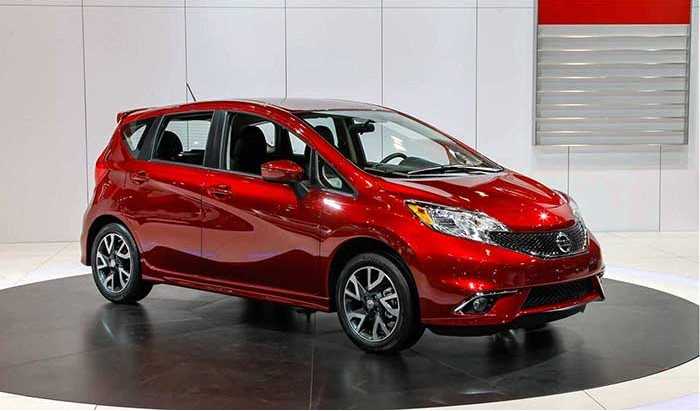
More than a third of the Nissan Tiida vehicles on the Russian market are produced domestically.
On the whole, the Tiida is assembled in England, Japan, and the Russian Federation. Sales of the car in Russia began in 2007. At the same time, until 2014, the car was assembled in Mexico, after which it was supplied to car dealerships in Russia. Also, Nissan Tiida is produced in Japan and Thailand.
Since 2014, the production of the Nissan Tiida was launched at the plant “IZh Auto” on the basis of the Sentra platform. That’s why the car comes to our market with a 1.6-liter engine, as well as the power of 117 “horses”.
As for the quality of the domestic assembly, there are no special complaints. Already in the base, the buyer receives the necessary package of options.
Special attention should be paid to noise insulation, which provides maximum driving comfort.
The main difference between the model of Russian production (if compared with the European version) is some changes in the cabin.
As for the disadvantages, the windshield wipers, working ineffectively and leaving the upper part of the glass not cleaned, are mentioned more and more often.
Another disadvantage is the presence of fan nozzles of the windshield washer, which excludes the quality cleaning of the glass in motion.
WHERE IS NISSAN JUKE MADE
Nissan Juke is a compact Japanese crossover, which was presented in 2009, in Geneva.
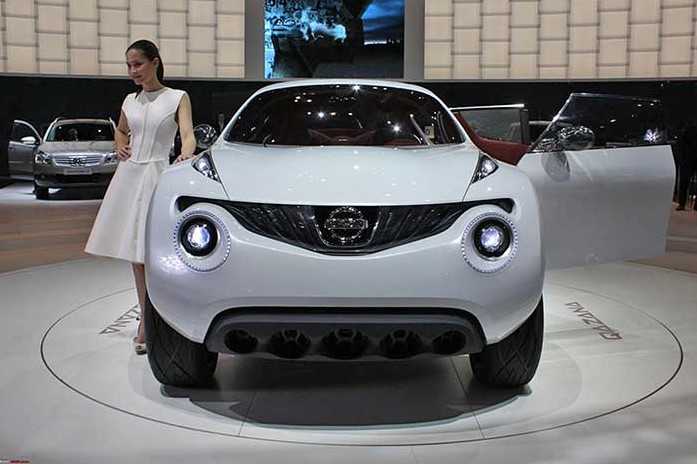
The car has been on sale in Russia since 2010. During the entire sales period, this model has not lost its popularity and enjoys well-deserved demand.
The Nissan Juke is based on the Nissan V platform, created specifically for this crossover. The main plus of the car – versatility, because the “Juke” is great for both families and young people.
Since its introduction, the Nissan Juke has gained popularity, and today it is produced at 20 factories around the world. At the same time in each country, there are certain differences in nuances in the nuances of assembly.
For the Russian market, the car is produced in Japan and the UK. At the same time, the factory in Japan (Tochigi Province) remains the main supplier for many years.
The peculiarity of the production is that here the assembly is a full cycle, starting from the manufacture of parts and finishing with the adjustment of electronics.
Hundreds of people are involved in the creation of the car, even though most of the production is automated.
The average time to produce one car is 60 hours. After completion, the car undergoes a full test drive, and then it is sent to Russia.
Domestic car owners can choose another option – buying a Nissan Juke made in the UK.
Here, each worker produces on average up to 105 cars a year, and a large share of this figure is accounted for by the “Juke”.
This model is produced in Sunderland relatively recently, and the main feature of the British version is more attention to the beauty of the interior.
At the same time, the common disadvantage is an increased noise level when speeding.
WHICH COUNTRIES PRODUCE PARTS FOR NISSAN CARS
All spare parts for cars are divided into original and non-original parts.
For Nissan cars, genuine parts are made in Japan, the UK, and a number of other countries that have received the UK franchise.
These countries include the Netherlands and India.
The market for non-original parts is considered to be much larger and, contrary to many stereotypes, of the same quality.
Such products can be produced under the manufacturer’s brand or under other brands.
The most popular companies producing non-original spare parts are:
- Bosch – a German firm that produces starters, motor control systems, relays, voltage regulators, and other components.
- DEPO is a Taiwanese manufacturer that produces and manufactures optics for Nissan cars.
- Gates is a Belgian brand that produces poly-cycle belts, engine drive systems, belt quality control devices, and more.
- Nissens is a well-known manufacturer of radiators, heaters, intercoolers, and other equipment.
HOW TO DETERMINE THE COUNTRY OF MANUFACTURE BY THE VIN-CODE?
In conclusion, let’s consider how to determine the manufacturer of Nissan by VIN-code.
To begin with, it’s worth noting that the number of VIN is formed of three parts – WMI, VDS, VIS (world index, descriptive part, and distinctive part, respectively). We are interested in the first code.
By the way, the VIN can be applied:
- On the separator bulkhead in the engine compartment;
- On the left side on the instrument panel (the numbers are visible under the windshield);
- On the front right side member;
- Under the passenger’s feet.
If the car is made for Europe, the WMI decoding is as follows:
- 1N4, 1N6, 5N1 – US;
- 3N1 – Mexico;
- 7B2 – New Zealand;
- KNM, KNN – Korea;
- JN0-JN8, JNB, JNC – Japan;
- VSK – Spain;
- SJN – Britain;
- LJN – China.
The Nissan Almera VIN number is shown below.
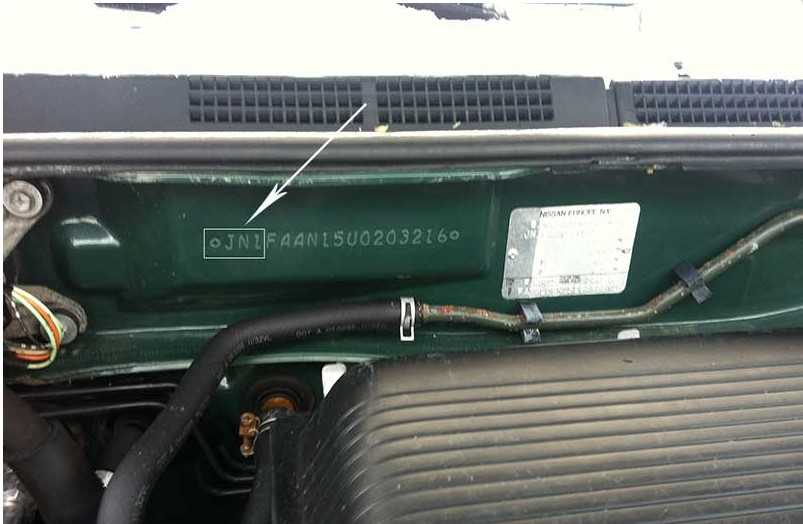
As you can see from the article, the geography of production of Nissan cars is very wide, and with the growing popularity of the brand there are more and more factories where high-quality and reliable cars are produced.
